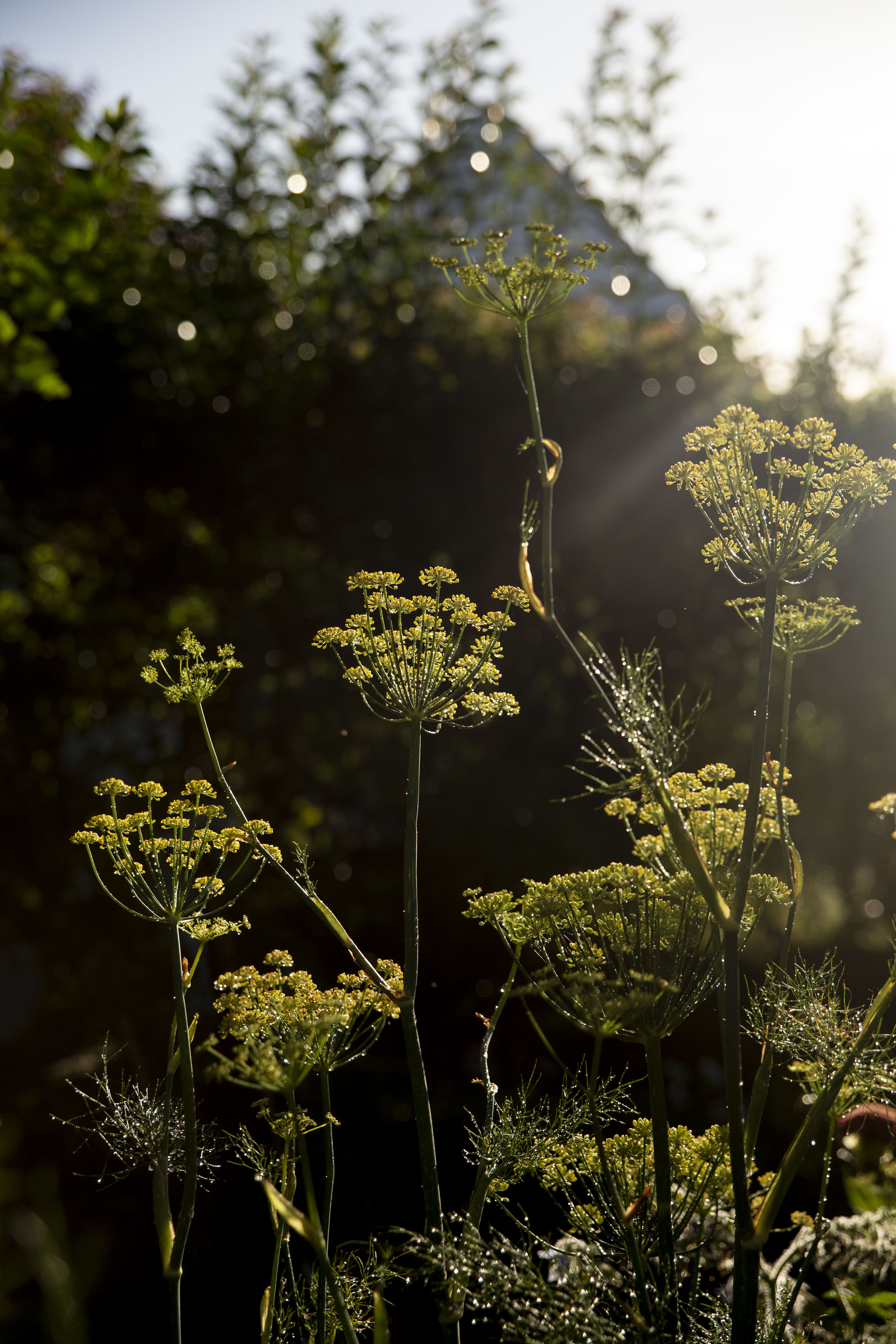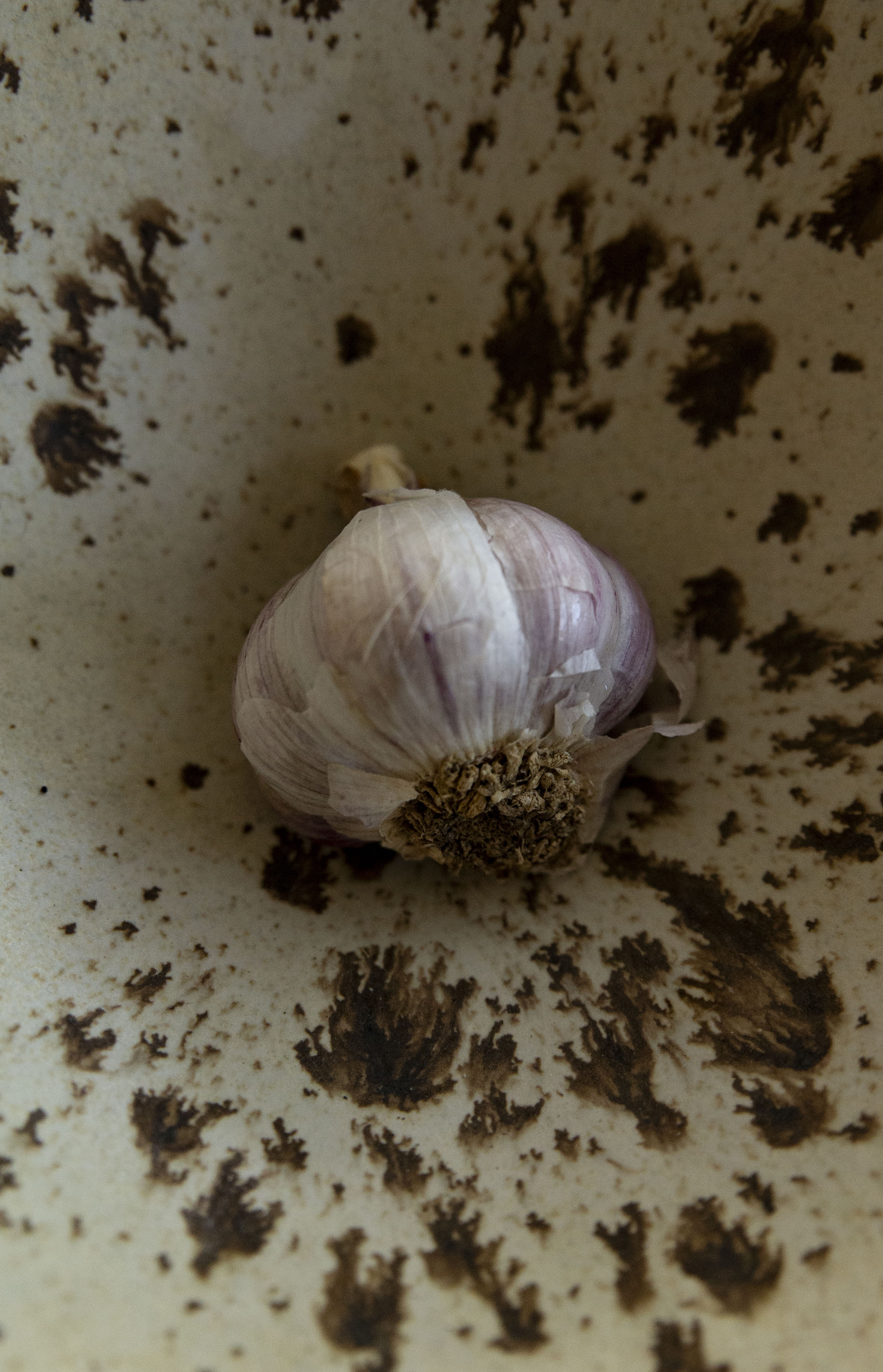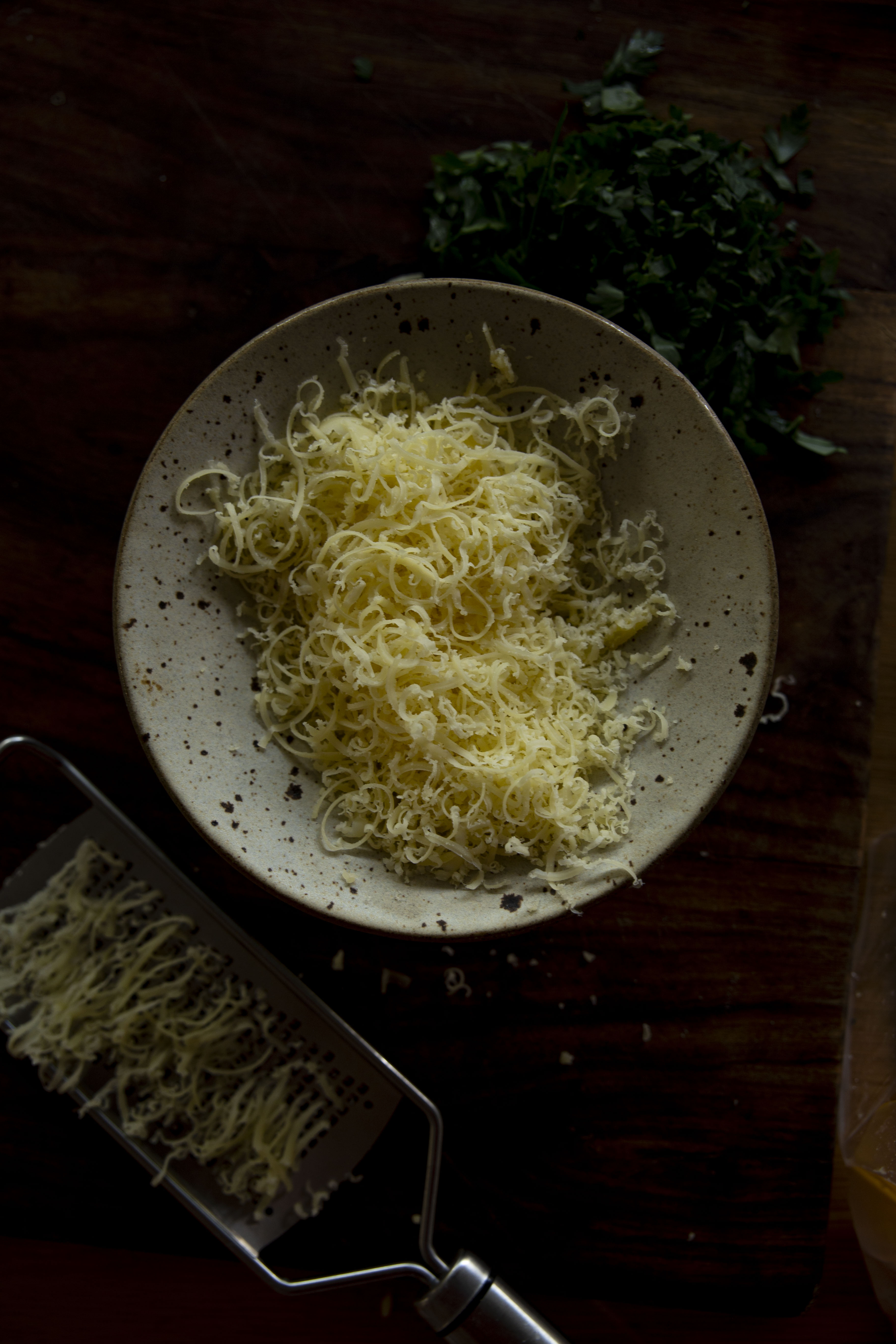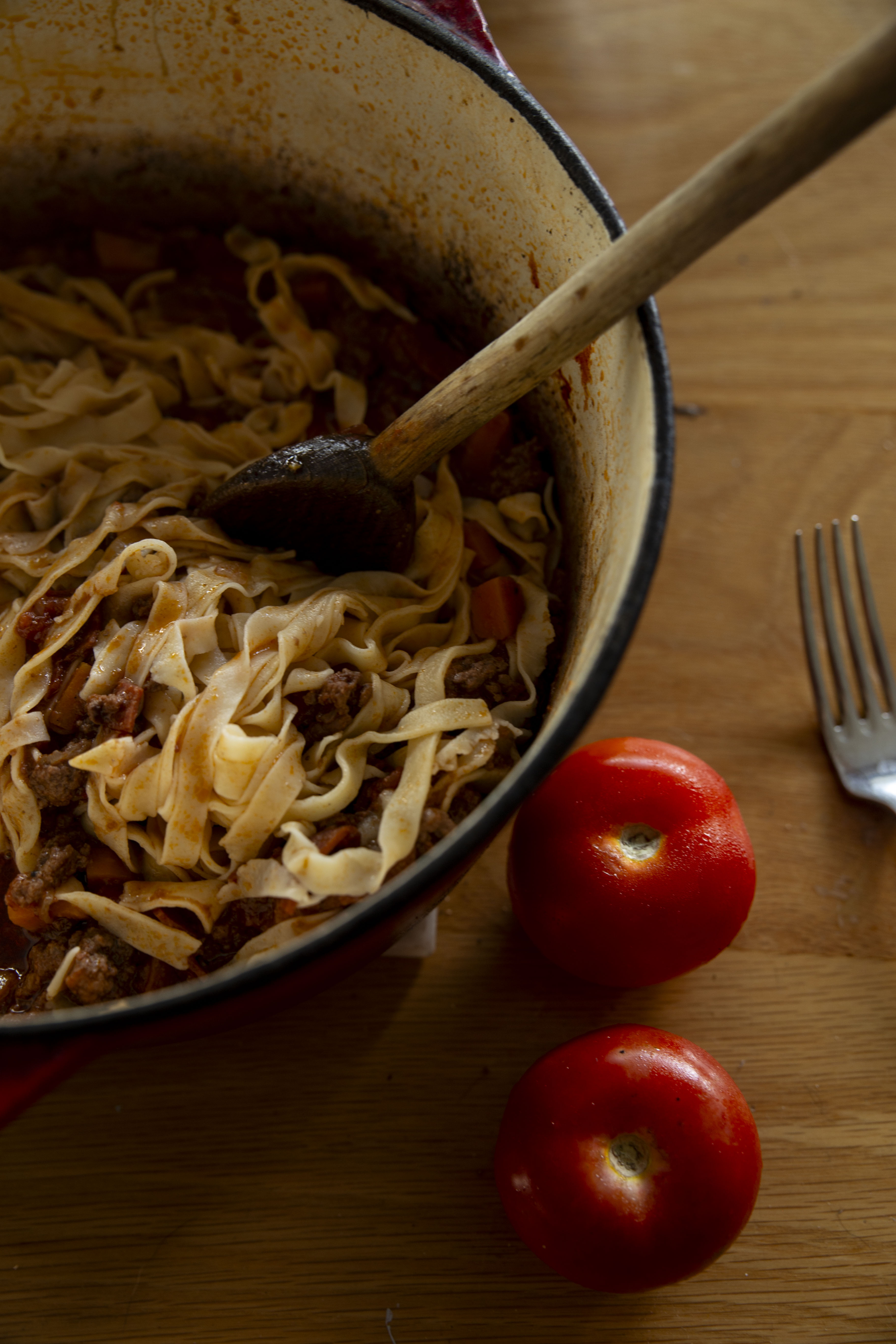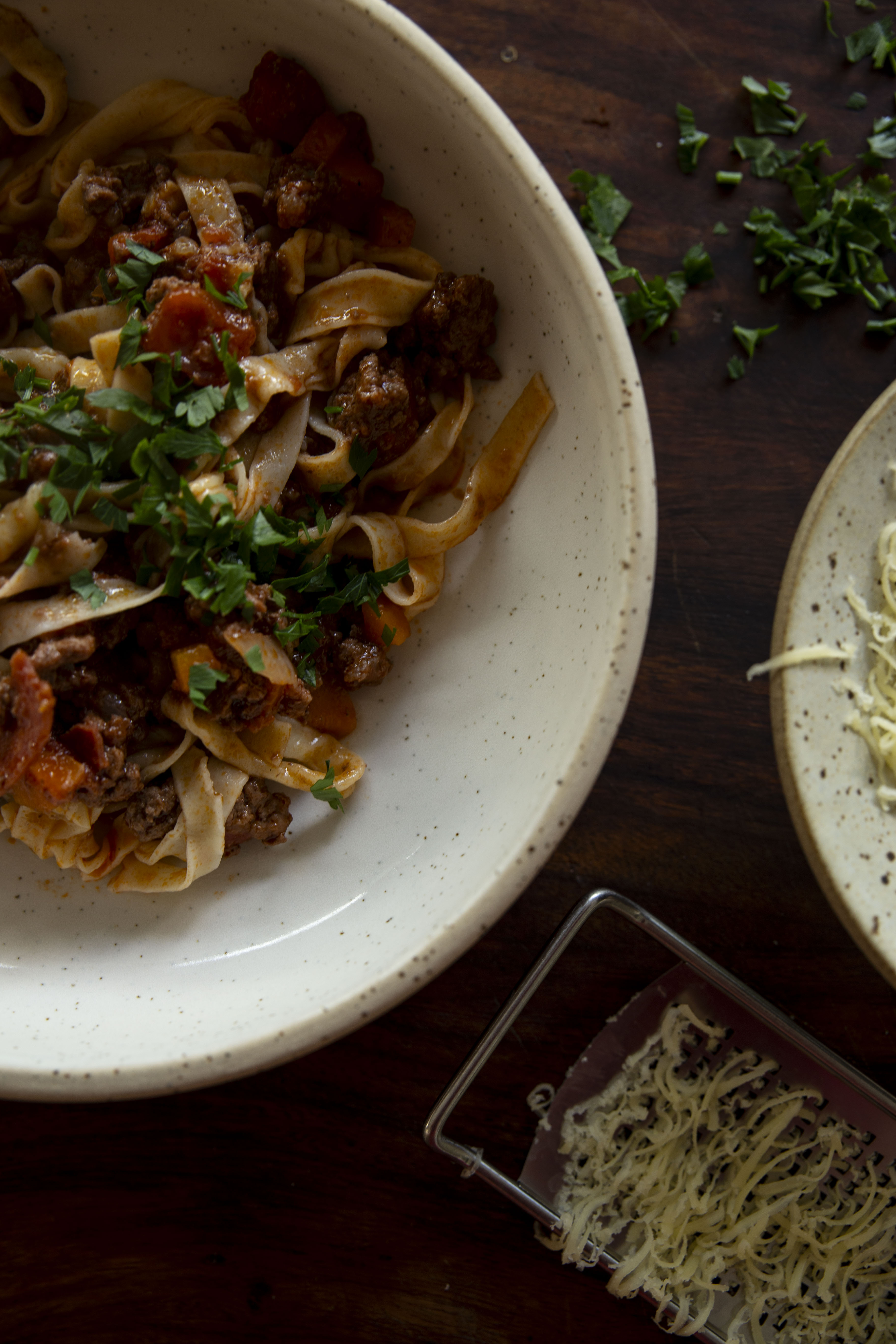Mid winter warmth
In mid winter, we have expectations that our Architecture should be thermally warm and stable. Instead of the ‘cool and open’ summer demands on our spaces, we ask the same house to be warm, enclosed, inviting - and the difference is not necessarily made by opening and shutting a few external doors or changing the cushions on the couch.
The very nature of architecture that is well designed is that it is adaptable to the seasons, the angle of the sun, responsive to the way that you cook no matter what the season (BBQ, or slow cook?), responsive to the way we want to invite the outside in, or nestle inside - cosy and sheltered from the elements. I believe (and know) architecture can be extremely well designed for both, and it’s a matter of good design, and design that responds to the site that you have.
1. Orient your new home to suit the solar orientation
This is much easier to do with the design at concept stage. Consider the angle of the light during summer and winter in addition to the different directions that the rooms are facing. Overheating is common on the western elevations, while South facing bedrooms can take a lot of energy to keep warm. The orientation and design of the house at the beginning will set its thermal footprint for its life span.
2. Understand the principles of heat and air flow
Use this to your advantage in how you locate windows, use stack ventilation to cool the warm air of a house at high level during the summer, and locate mass to create the ability to absorb the suns warmth in winter. You don't necessarily need to achieve passive house air tightness standards to achieve a very good thermal design and a good energy efficiency for a new build - but you do have to understand the simple thermal principles in how you use materials and design the layout of the spaces.
3. Ventilate.
Damp air is harder to heat than dry - ensure you extract moisture at the source (bathrooms, kitchens, laundries) and do not dry clothes inside. Add to the specification passive vents to your windows, or consider fresh air ventilation systems with heat recovery that bring in fresh air from outside (not the roof space) and warms it with the heat extracted from inside.
4. If required, consider your additional top up heat sources carefully
Whether woodburner, heatpump, underfloor heating, radiators or electric wall panels, or you may just require the fresh air ventilation system with heat recovery - each have advantages and disadvantages. You will experience the heat from each differently - radiant heat is often more comfortable than heating the air, and you will also find there are different costs associated with the options. Talk with your architect about how the house has been designed to work thermally in order to find the best solution for your home.
With that in mind, I will leave you today with a recipe that responds to different conditions, dress it up for the summer, dress it down for the winter – a classic that makes you slow down, enjoy your home spaces, good company, and conversation – doors open or closed.
Ragu and Pasta
( I assume this is probably a Tessa Kiros recipe I wrote down at some point and have lost the origins of …)
4 tablespoons olive oil
1 onion (finely chopped)
1 celery stick (finely chopped)
1 garlic clove (finely chopped)
500g minced beef.
1 good quality pork sausage (remove casing)
Salt and pepper
Nutmeg (pinch)
185ml Red wine
400mls tinned chopped tomatoes
500mls (2 cups) milk
Pasta and parmesan to serve.
Heat a non stick frying pan with a lid, heat the oil and cook the celery, carrot until golden, add garlic and cook briefly, then add minced beef and crumbed sausage meat, and cook until golden. Add salt and pepper and a pinch or two of nutmeg.
Stir, then add the red wine and let it reduce to almost nothing, before adding the tomatoes -mix together. Then add the milk and bring back to a simmer (I don’t worry if it starts to curdle a little as it disappears after long slow cooking) just put the lid on and, lower the heat and simmer for between 1 – 1.25 hrs until thick and saucy, but do check on it semi regularly to make sure your heat is right! Read a book, have an in depth conversation. You can add more milk if it starts to get too dry, but I tend to stop it at the point it looks about right. I like the way this forces you to slow down.
Cook your pasta (our pasta maker is on high rotation at the moment) and then toss gently with the sauce. You can add some of the pasta cooking water to loosen it up a bit if necessary. Serve warm with grated parmesan or your favourite cheese.
Serve outdoors if weather is fine, or indoors by the fire in your favourite handmade bowl of course!
